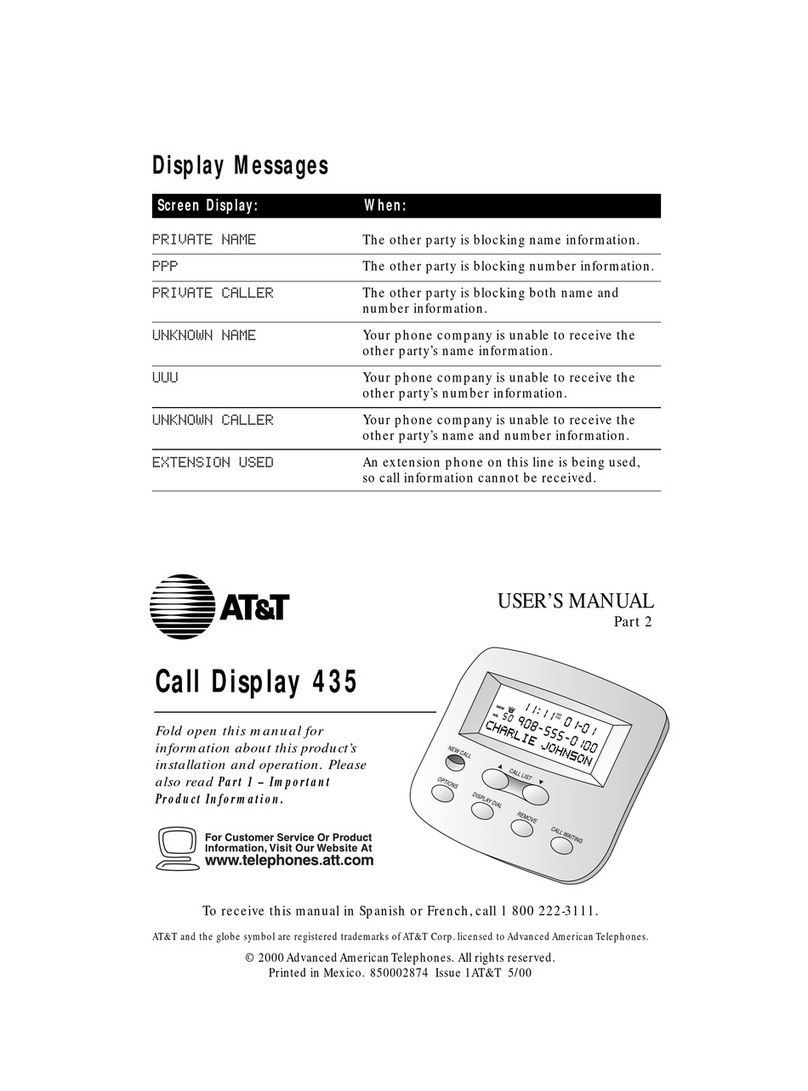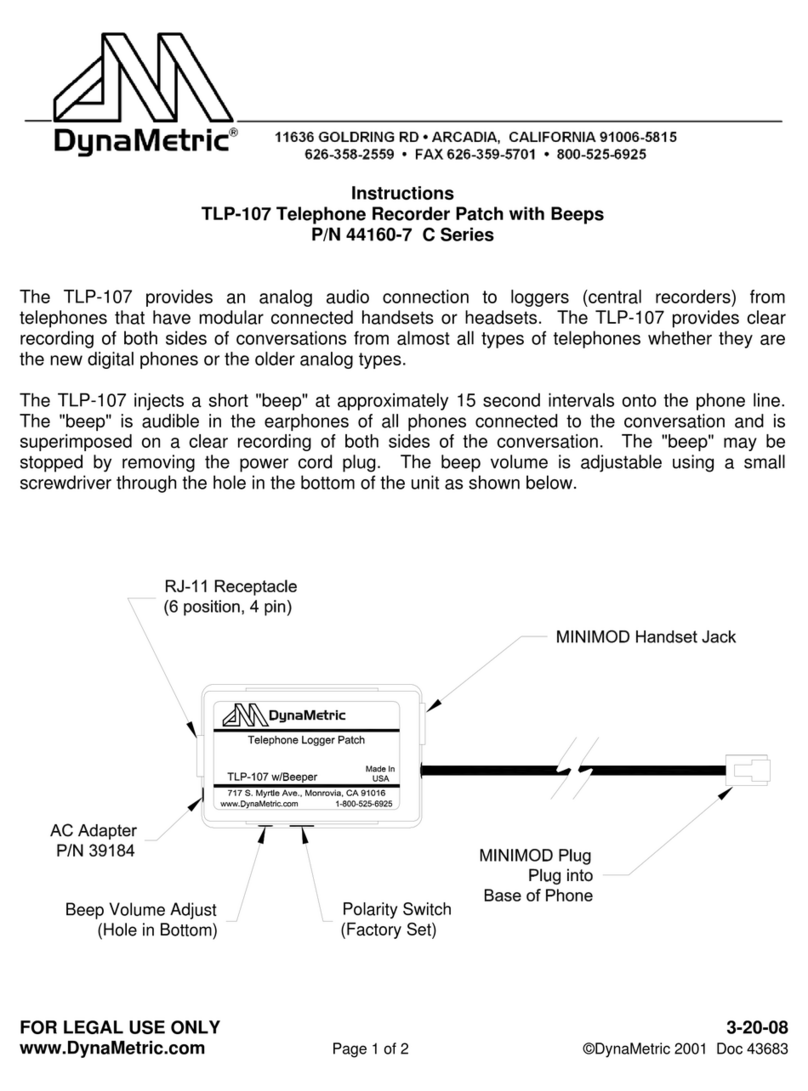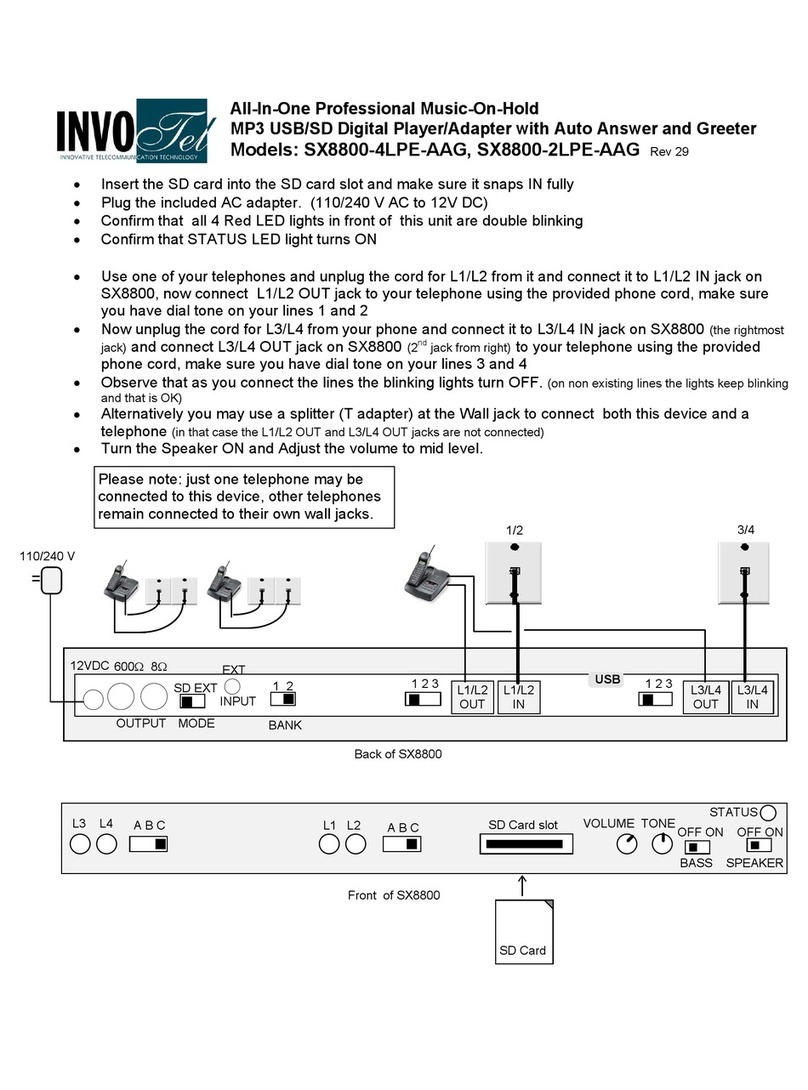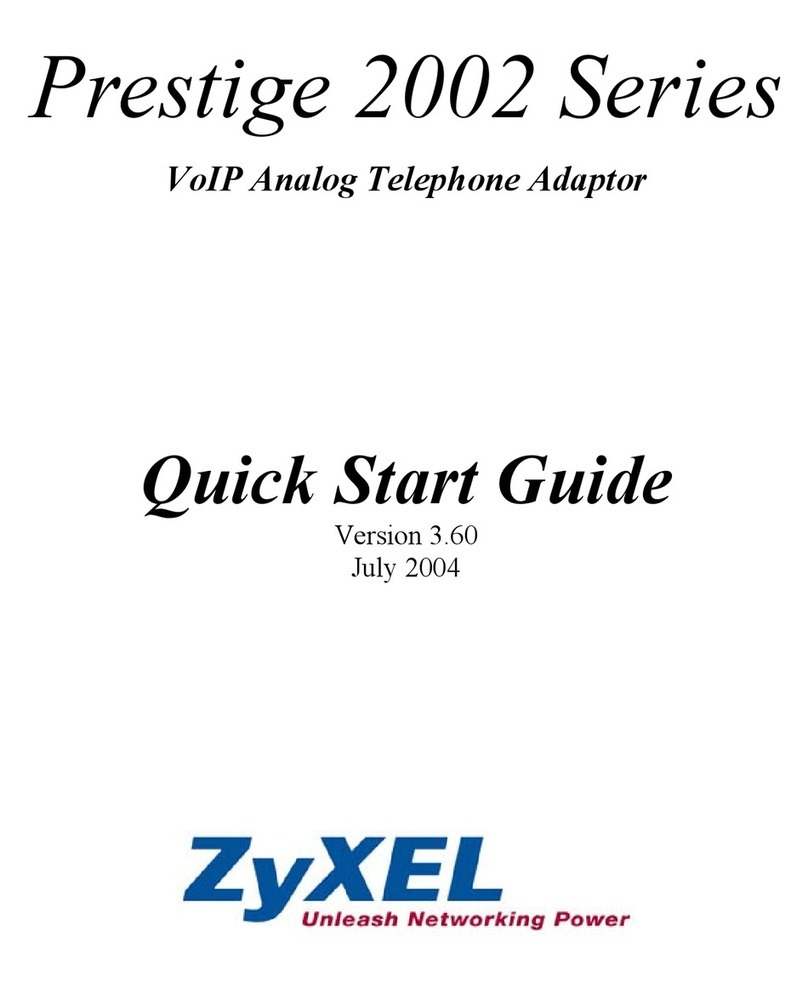Black Box ASD-4 User manual




















Table of contents
Other Black Box Telephone Accessories manuals
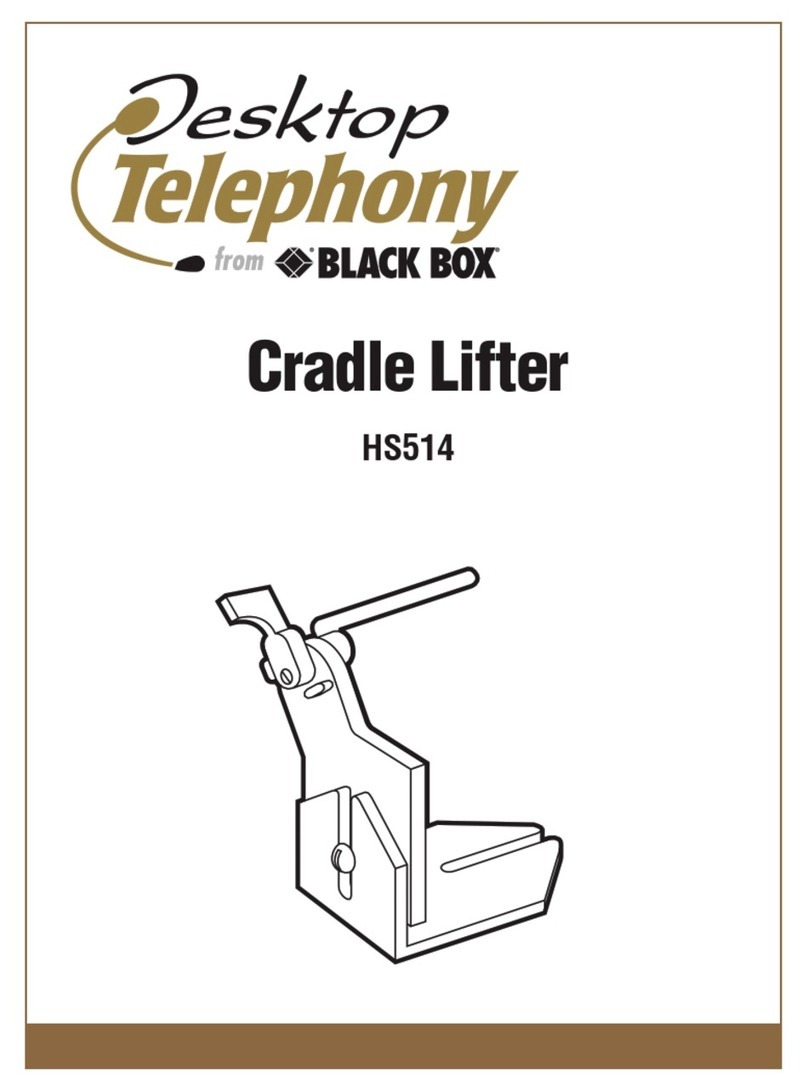
Black Box
Black Box Desktop Telephony HS514 User manual

Black Box
Black Box Music On-Hold Plus User manual
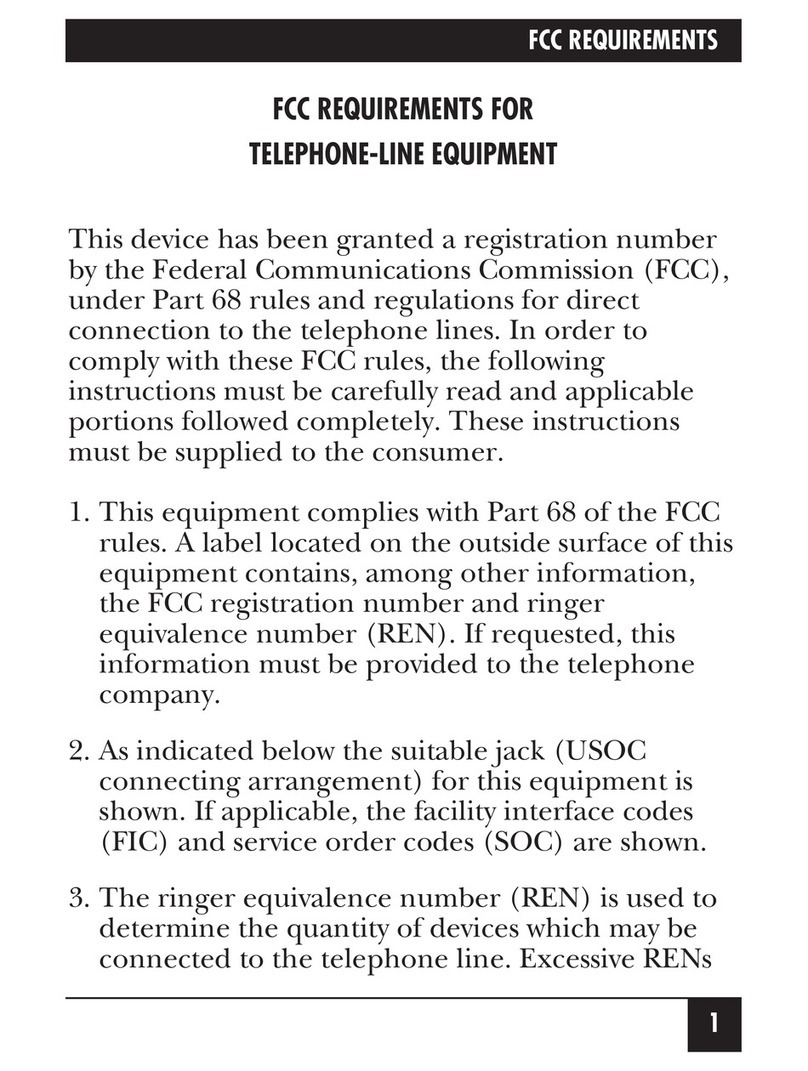
Black Box
Black Box MC115A User manual
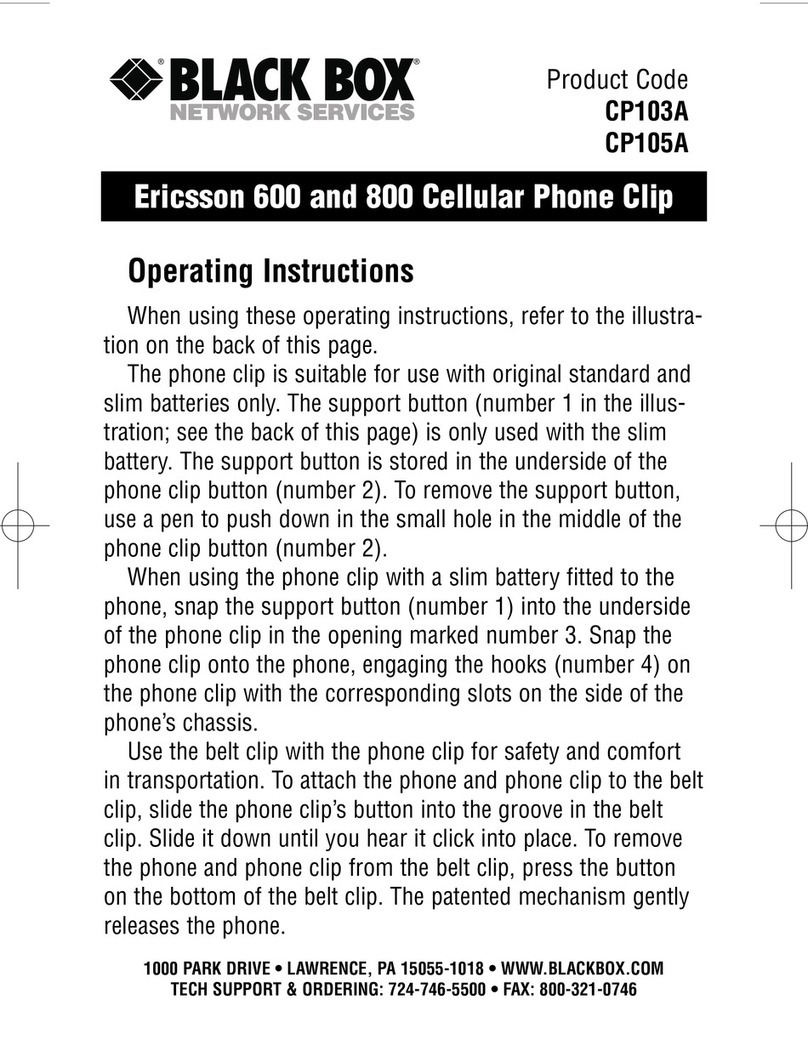
Black Box
Black Box CP103A User manual
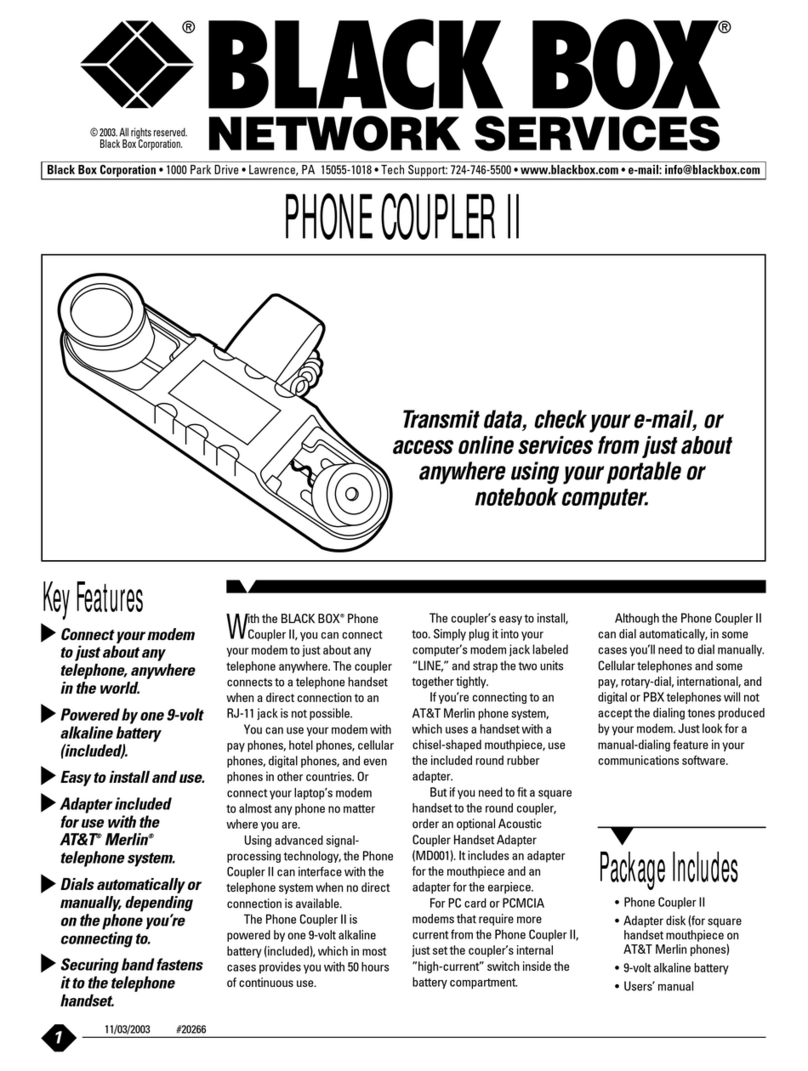
Black Box
Black Box Phone Coupler II MC155A-R2 User manual
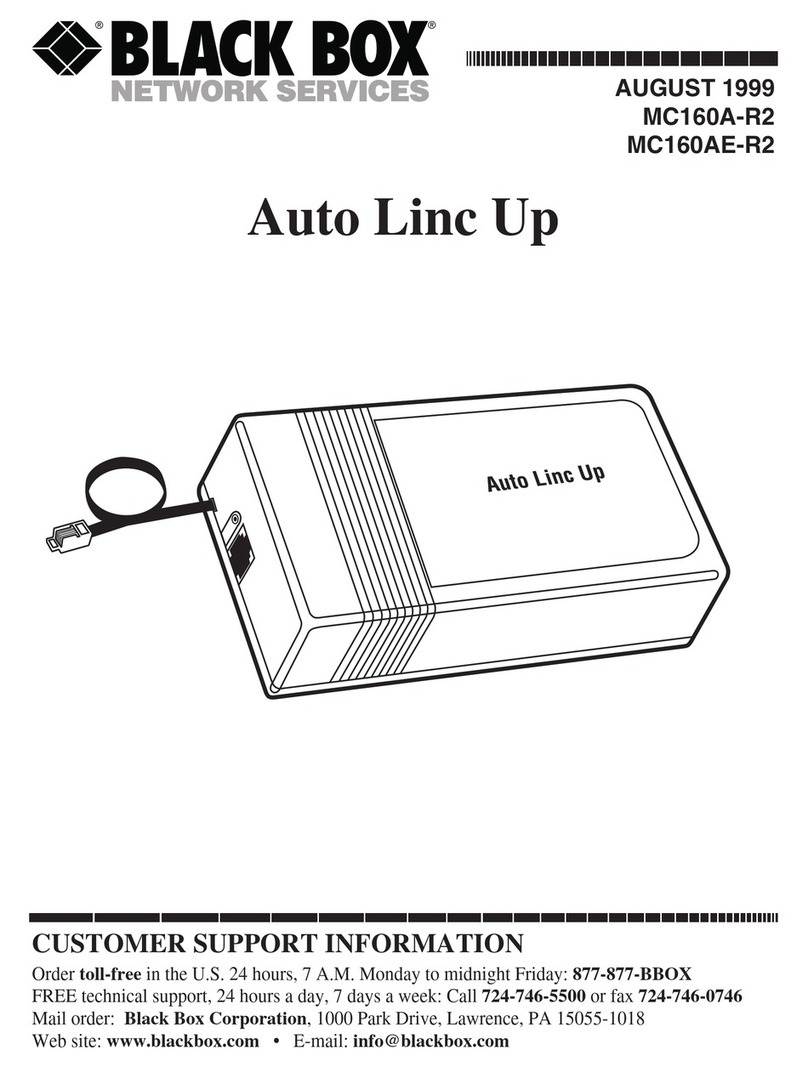
Black Box
Black Box MC160A-R2 User manual
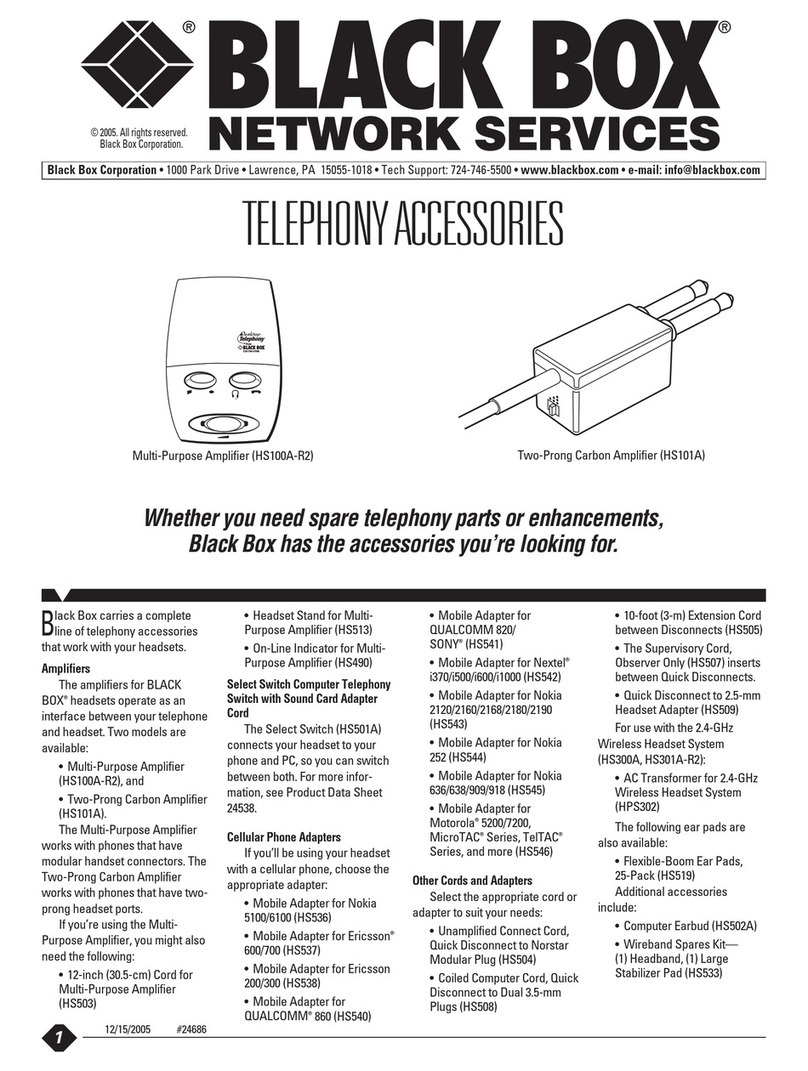
Black Box
Black Box HS101A User manual
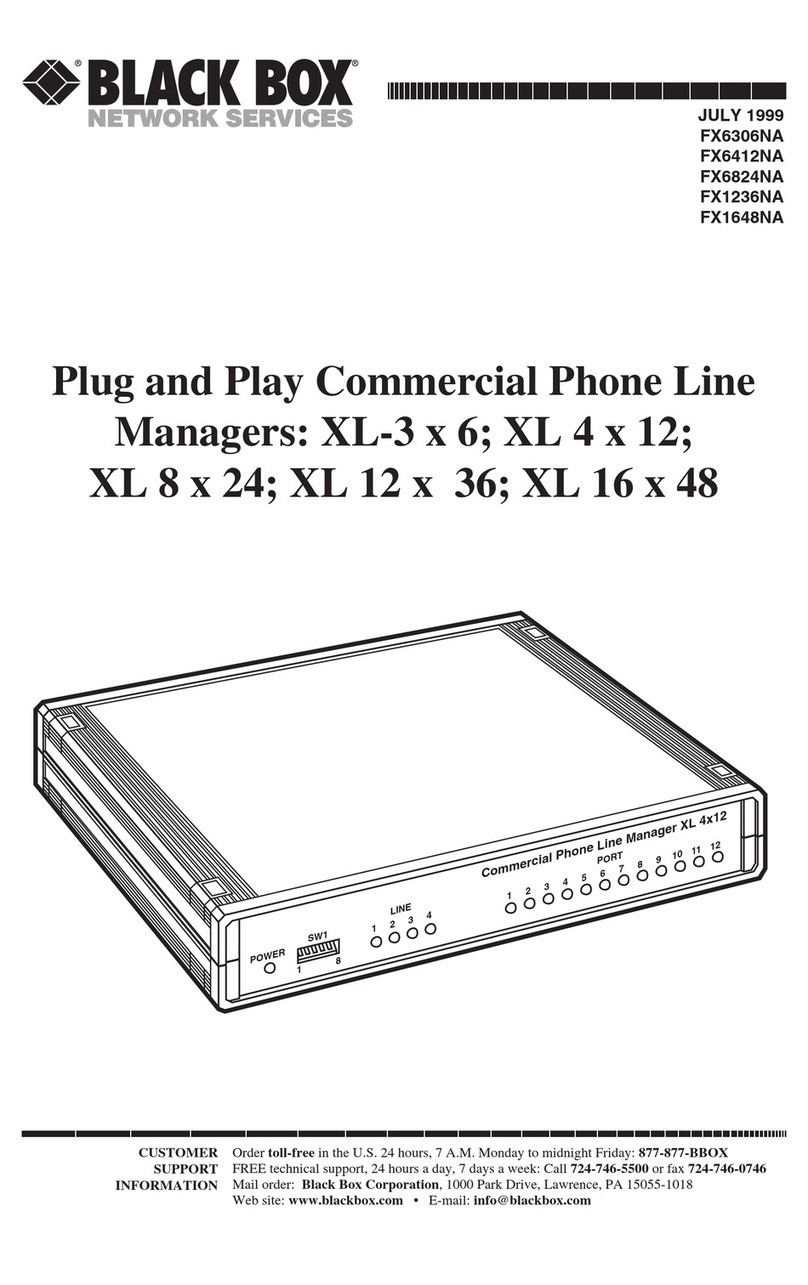
Black Box
Black Box FX6306NA User manual
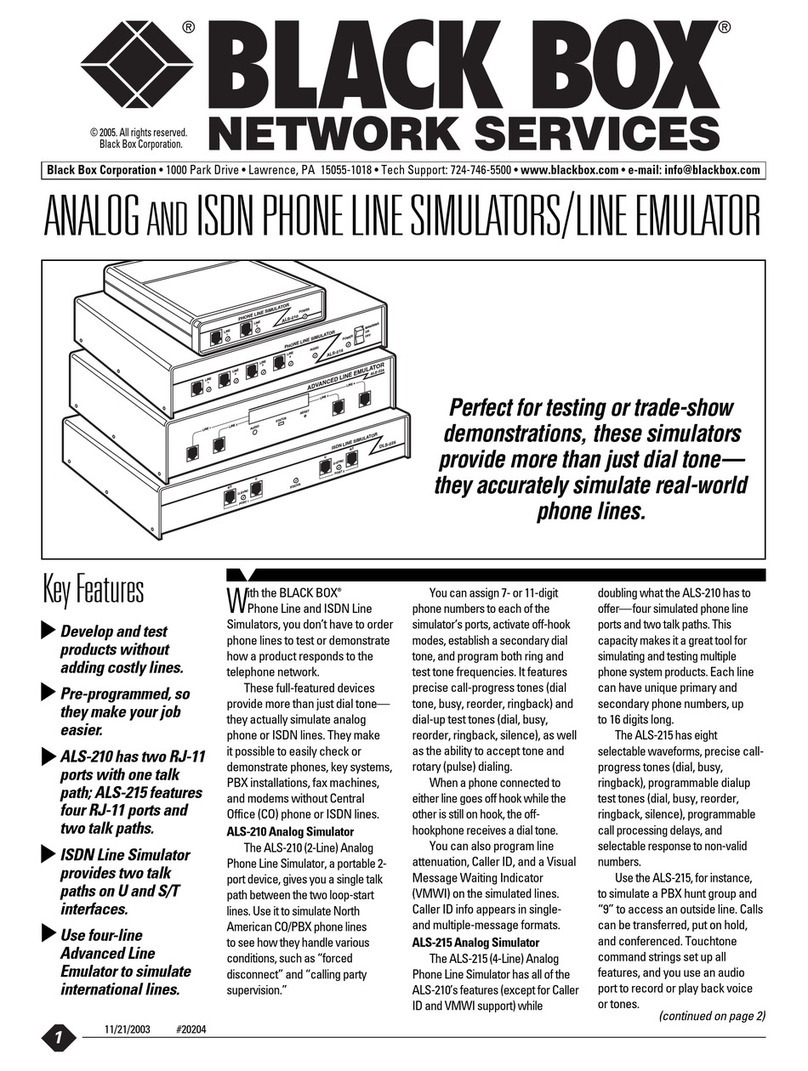
Black Box
Black Box TS210A User manual
Popular Telephone Accessories manuals by other brands
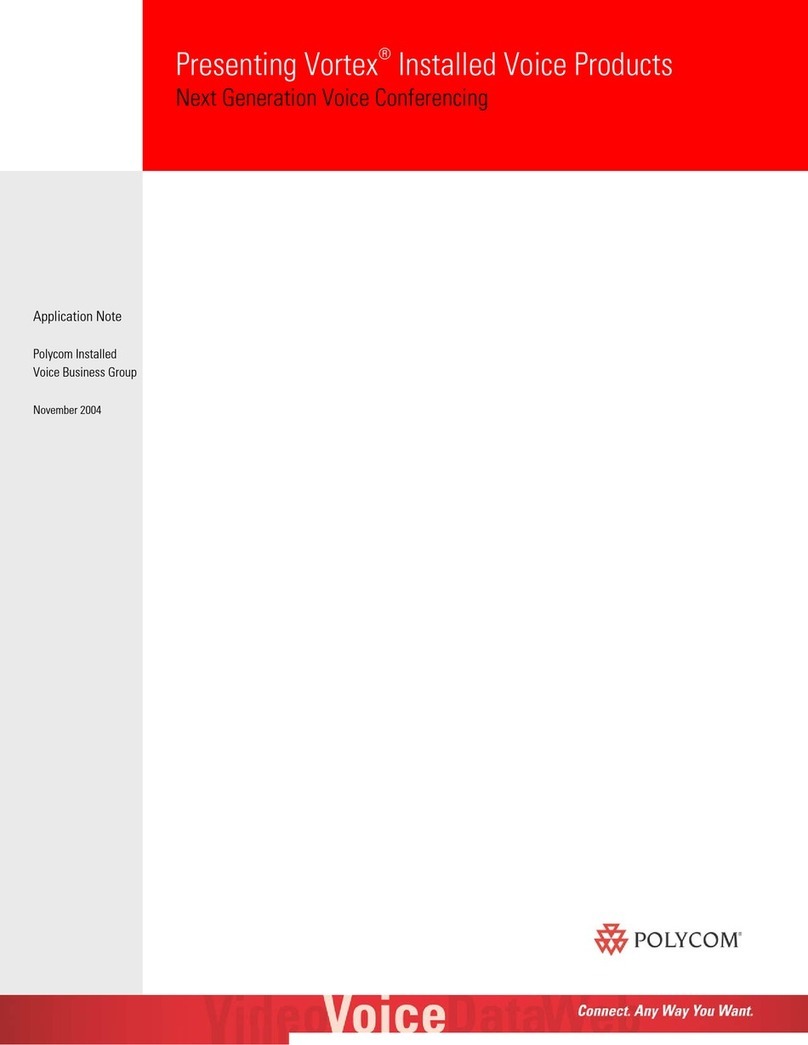
Polycom
Polycom Vortex EF2201 Brochure & specs
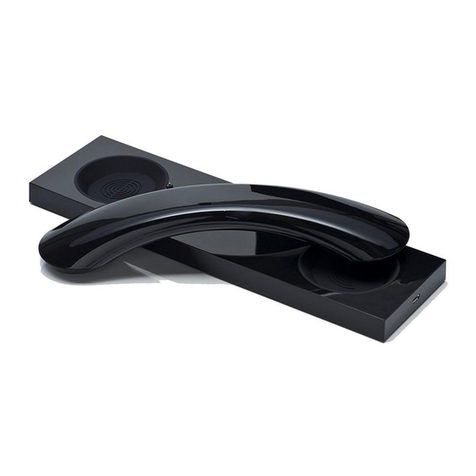
NATIVE UNION
NATIVE UNION MM03 quick guide
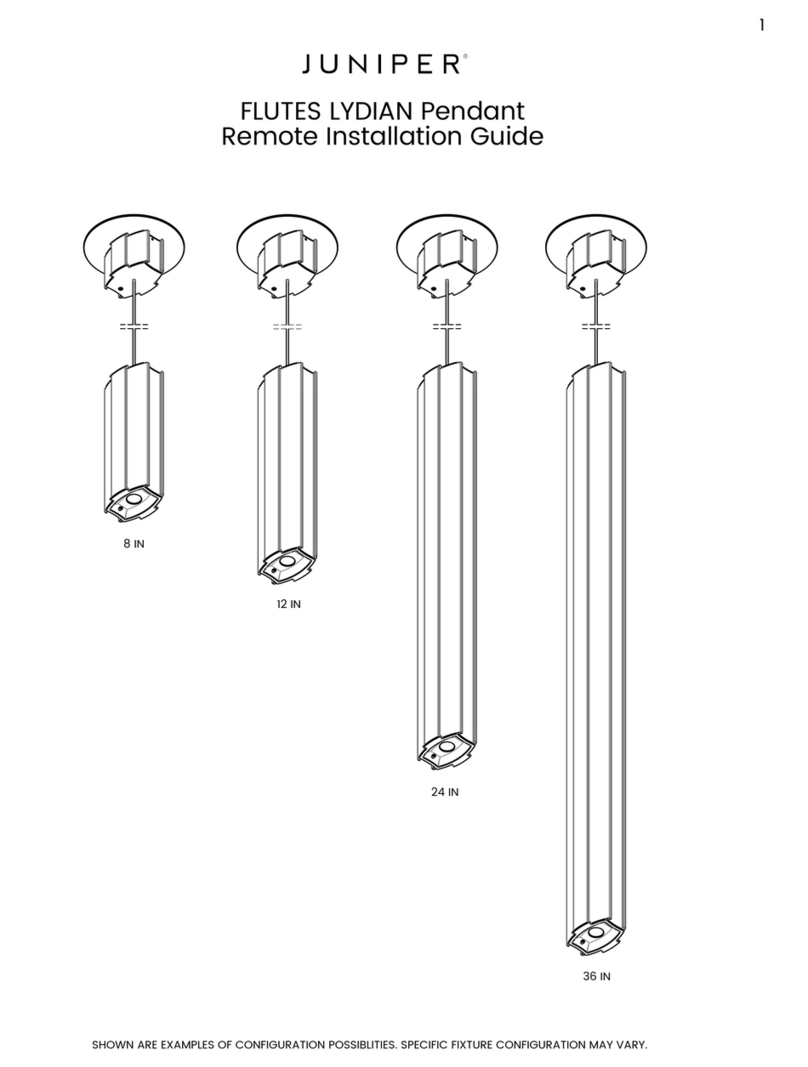
Juniper
Juniper FLUTES LYDIAN 8 IN Remote Installation Guide
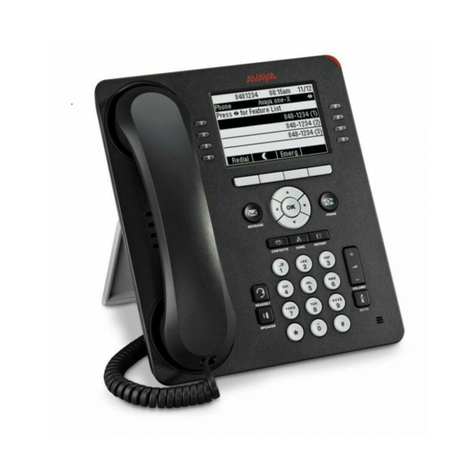
Avaya
Avaya one-X Quick Edition Application notes
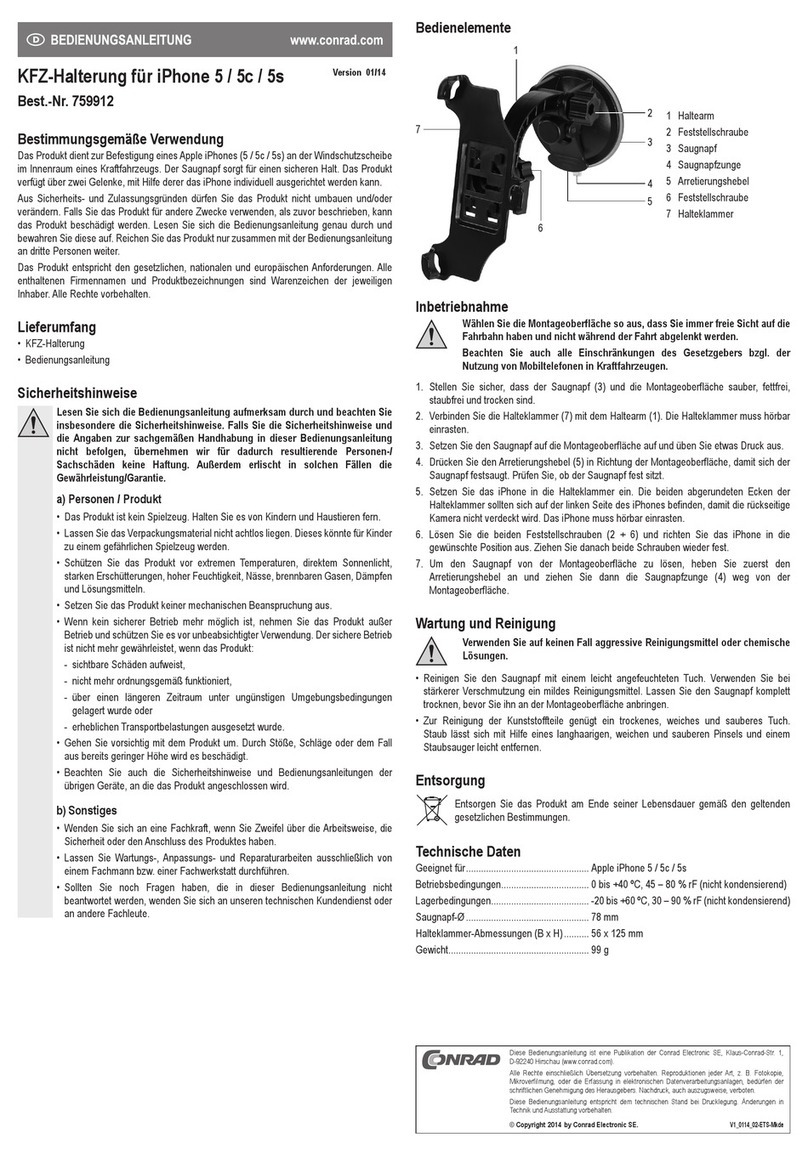
Conrad
Conrad 759912 operating instructions

Visual Comfort & Co.
Visual Comfort & Co. BBL5016 Assembly instructions
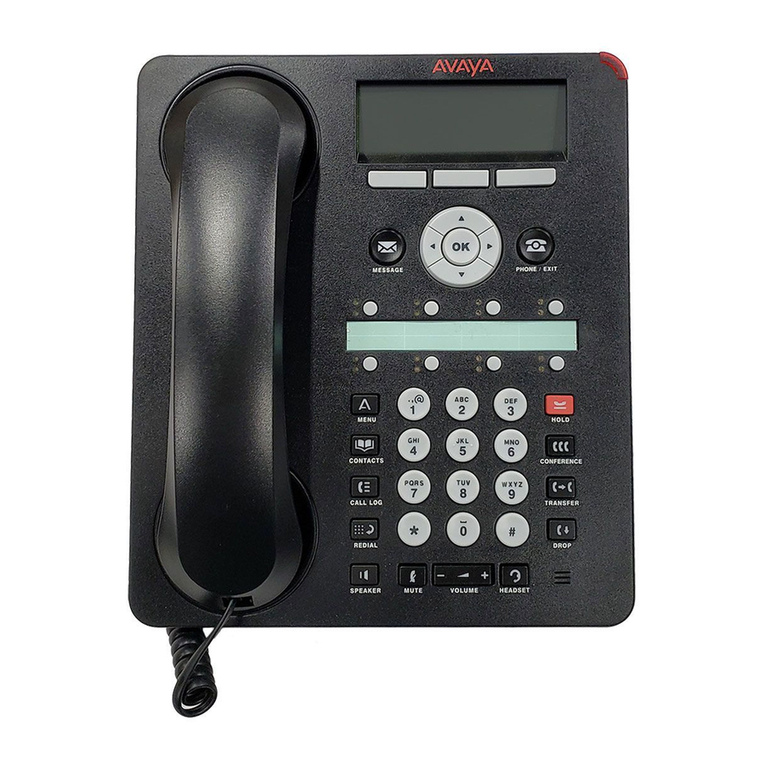
Avaya
Avaya one-X Deskphone Value Edition 1608 instruction manual
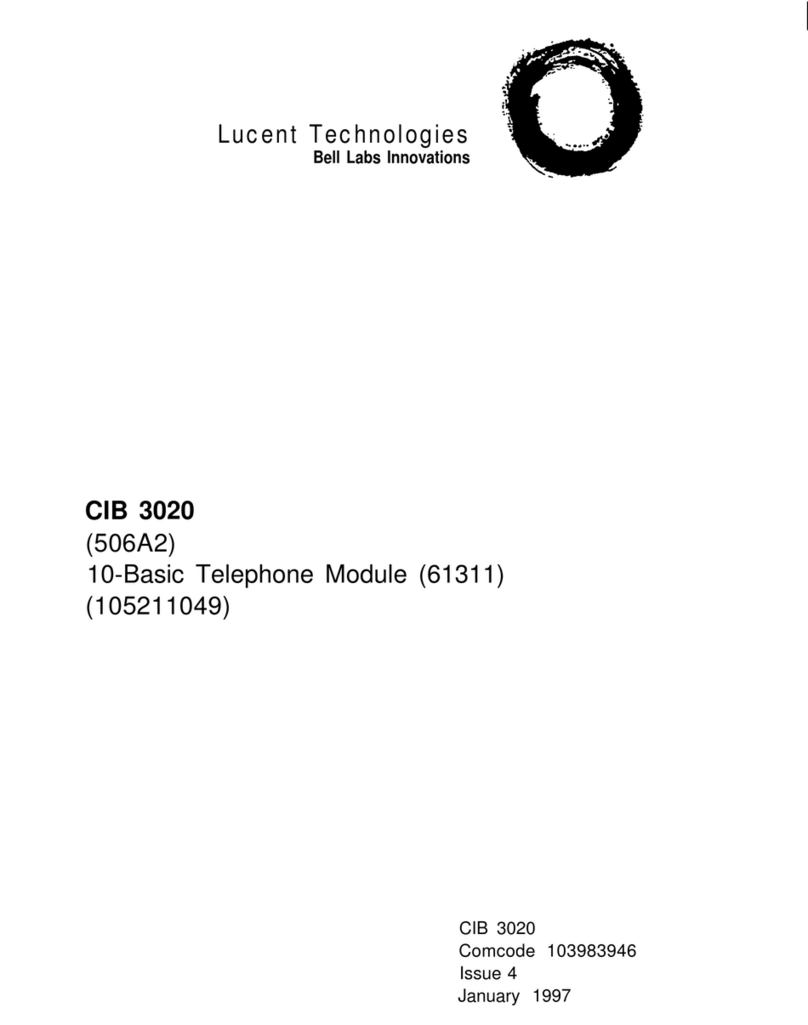
Lucent Technologies
Lucent Technologies CIB 3020 manual

Swissvoice
Swissvoice Aeris 154 user guide

SKUTCH
SKUTCH CK-1P4 user manual
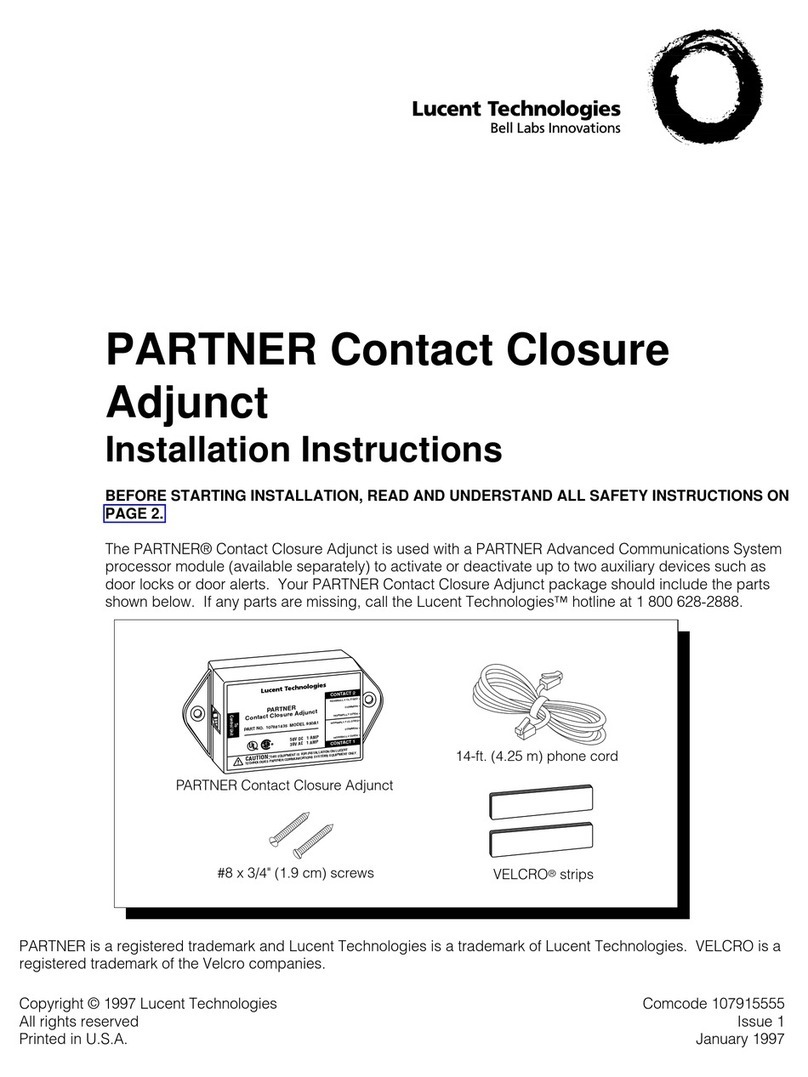
Lucent Technologies
Lucent Technologies PARTNER Contact Closure Adjunct installation instructions

Samsung
Samsung DCS COMPACT II General description
